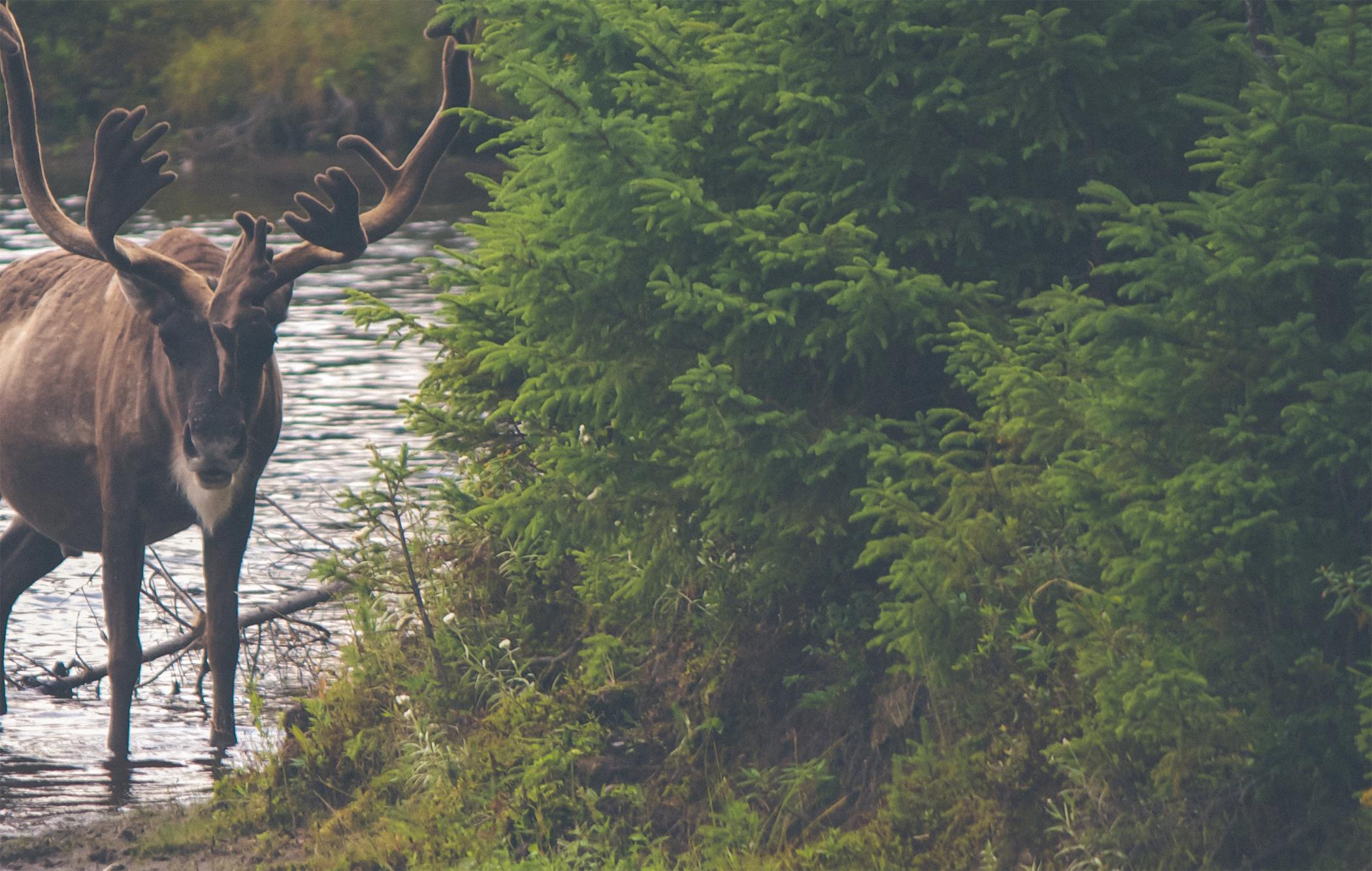
They’re Still Back… Bison in Banff National Park
January 25, 2021
- •
- •
- •
Wild Lands Advocate update by: Karsten Heuer
Click here for a pdf version of the article.
Here is a short update from Karsten Heuer, the Bison Reintroduction Project Manager in Banff National Park, about the Banff National Park Bison Reintroduction Project:
- Twenty eight months (2+ years) have passed since we released our small herd of bison into the backcountry of Banff National Park. The free-roaming herd has grown to 50 animals;
- All but two animals have survived so far; a three-month old calf went missing in 2019 (and presumably died of natural causes), and a newborn calf was lost to wolf predation this spring (May 2020);
- All other animals are healthy and have subsisted on natural forage only (we have not fed them since we released them);
- The average annual growth rate of the herd since we translocated them in 2017 is 38% per year. This is expected to decrease as the young herd ages and the initial high female-to-male ratio of the founder herd equalizes;
- The 50 animals continue to move mostly as a single herd with a few lone males periodically breaking off and rejoining. The herd continues to use meadows, grassy mountain slopes, and previously burned forests in the Panther and Red Deer drainages of Banff National Park. Summers are spent high in the alpine; fall/winters are spent moving between meadow systems in the valley bottoms (see photos below: [1][2]);
- No movements outside of the 1200 km2 reintroduction zone or Banff Park occurred over the past year and no herding by Parks staff was necessary. All movements have been within 30km of the soft release pasture where the animals were held for the initial 1.5 years;
- The bison continue to periodically interact with two drift fences that encourage them to stay within and anchor to the target reintroduction zone (along the Red Deer and Panther rivers). The potential effect of these fences on other wildlife is something Parks Canada committed to monitoring and assessing. I’m pleased to share that we just published a paper in Wildlife Biology that confirms these fences allow for the free passage of other wildlife while deflecting bison.
- We fitted seven bison cows with new or refurbished GPS radio collars over the past year to replace the original collars that have now worn or broken off. We mostly captured and collared bison from horseback (see photo below). Our goal is to have at least 10% of the population collared for the next few years;
- No bison-related closures or restrictions have been in place over the last year and none are expected in the future.
Karsten Heuer,
Bison Reintroduction Project Manager,
Banff National Park